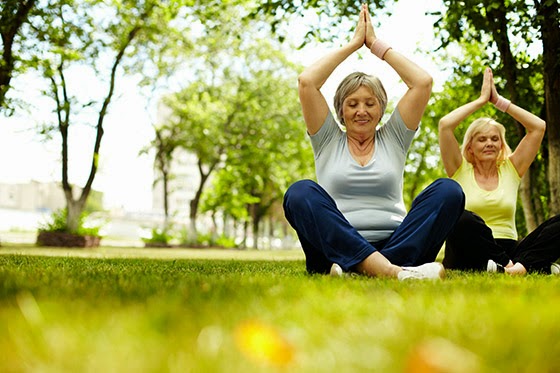 |
By DebiLyn Smith www.debilynsmith.com Author of Running From Cancer: a tilted memoir. A breast cancer "treatment survivor" since May 2011, DebiLyn strives to reduce the 50% of life-style induced cancer patients. "You can run, but you can't hide," she says. |
Not An Easy Job
 |
| "Oncologists & technicians see a steady stream of people battling cancer. It's not an easy job for any of us", says the writer. |
It's almost like a work schedule. I have a little blue card with my name and number on it. Inside the card are written the dates and times I am to arrive for my next radiation treatment. They range from 8:48 am to 4:26 pm on Monday to Friday and some days there are two times as I have to see the Oncologist as well.
We have purchased a parking pass for the month for under $4. It seems like such a small lot for all of the people coming and going but everyone only stays for thirty minutes at a time so there always seems to be a spot to stuff the suburban. I have been given my own hospital gown and housecoat to take with me every day that I come. It’s up to me to wash and take care of it. I was wondering if they would mind me attaching some lace and rhinestones to it. It's dowdy enough to plummet even the cheeriest.
Once inside the cancer clinic, I head down radiation alley, passing stations named The Cabin, The Lake, The Park, arriving at The Hills with mere minutes to spare. I am to place my little blue card in a slot marked "drop off" on a desk that no-one is seated at. Someone will eventually notice that I have arrived by the card being in this slot. I get changed in the room across from my station, taking all my clothes with me into the waiting area. There's a jig saw puzzle on the table for anyone to work on, stacks of magazines, a water fountain and a heated blanket machine for you to help yourself to. Maybe I could crawl inside- it's -12C again today.
I'm cranky and not in the mood for the cold fingers of the radiation technicians as they pull my torso this way and push my butt that way to line up their co-ordinates. They mark on my skin with a felt pen each time I come. There is a green lighted line I can see mirrored in the head of the radiation machine that runs from beneath my armpit down along my body. Today there is a young man joining the usual two young women working on me. I make a face at having to bare myself yet again to another trainee and wonder at my childishness. It's just another old lady boob to him.
My arm is stretched over my head and now they all leave the room. The machine whirrs and beeps, then after a few minutes it moves to the other side of my body where it repeats the process of noises. In ten minutes the techs return and I am already out of position, redraping myself, and trying to get off the steel slat I've been lying on.
"See you tomorrow," I call out, like it’s a job. In many ways it feels like one, a very depressing job. Back in the change room I pull the recommended skin cream from my bag and slather the coolness across my warm breast. I know it will get warmer as the day goes on, so I want to be right on top of keeping everything chilled. I get dressed and walk to The Hills reception cubicle where my little blue card is now in the "pickup" slot.
And I'm done for the day. But the technicians have only started. I stop to wonder how they feel about all this? Having to see this never-ending stream of people battling cancer. Old ones, young ones. Ones that arrive in wheelchairs or jog in like I did yesterday.
I come to the conclusion it's not an easy job for any of us.







